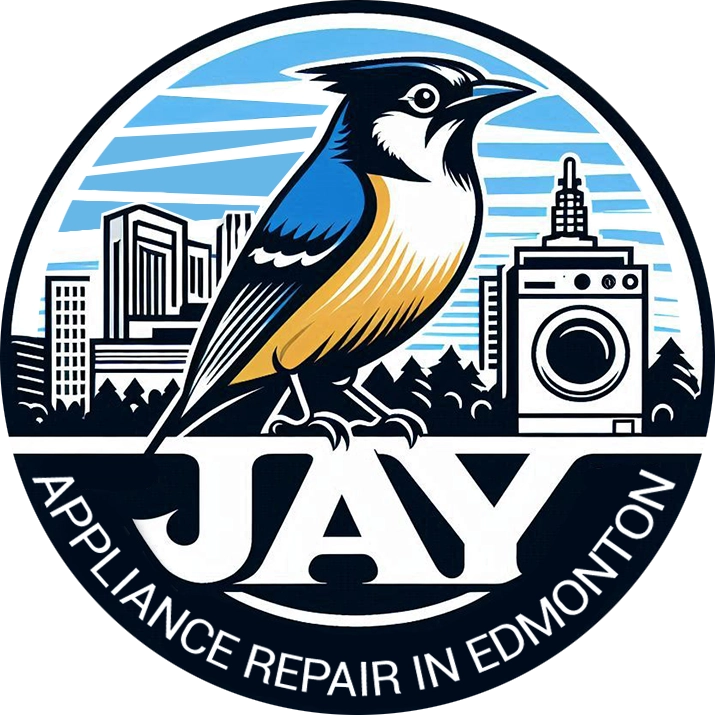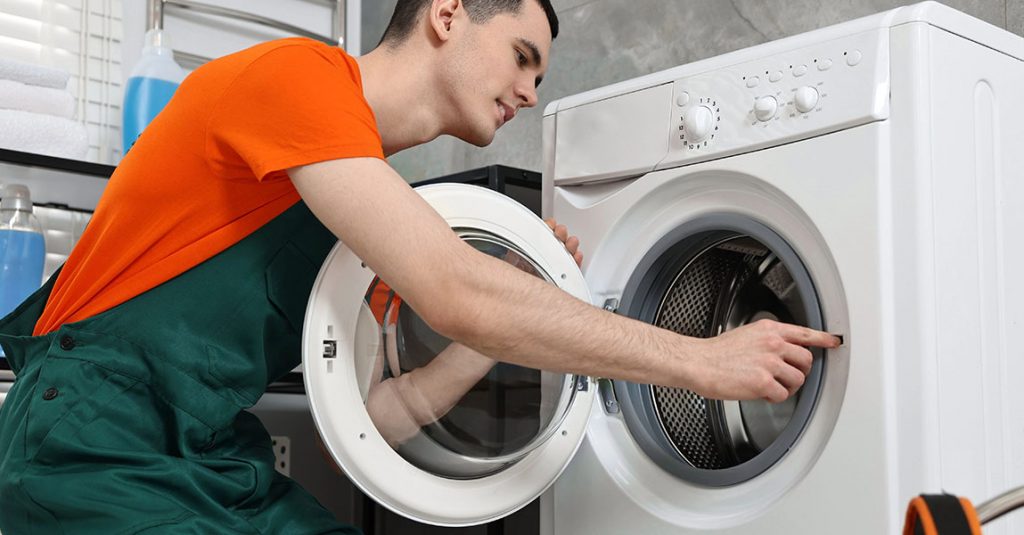When a dryer heats but takes far longer than it should, the issue often comes down to airflow. We rely on dryers to move warm air across clothes efficiently. If the air cannot travel in and out freely, the heat becomes trapped and drying times increase. Our team at JAY Appliances has seen this problem many times, and it usually points to a few clear causes that we can explain in detail.
Lint buildup inside the dryer
First, lint is the most common reason airflow becomes restricted. It collects not only in the lint screen but also inside the machine where it is harder to see. That is to say, lint around the blower housing or internal ducts reduces the path for air.
When we inspect dryers that take too long, we often find dense lint mats behind panels. Moreover, the warm air cannot circulate fully, so moisture stays in clothes. The fix involves a full internal cleaning, not just a filter check.
Vent duct obstructions
Secondly, the vent duct that leads outside is another frequent trouble spot. A dryer can heat perfectly, but if the duct is clogged, the hot damp air cannot escape. Consequently, moisture is trapped inside the drum and drying takes much longer.
We always recommend pulling the dryer away from the wall and checking the full length of the duct. For example, a crushed or twisted hose restricts air even if no lint is visible. Replacing damaged ducts or straightening crushed sections can restore airflow quickly. Our team often points people to proper services when they need more than a simple cleaning. One of the best places to start is with appliance repair services Vancouver if you need professional help with airflow checks.
Outside vent problems
Another area worth attention is the vent flap or cover outside the home. Birds, rodents, or even insects sometimes block these openings. Likewise, vent covers can rust or stick closed from years of exposure to weather.
If the flap does not open freely when the dryer runs, air cannot leave. That means the machine will still heat, but it will take two or three cycles to dry a load. Checking outside is easy and often overlooked. Simply running the dryer and seeing if air flows out strongly gives a clear answer.
Improper duct length or design
Sometimes, the problem comes from how the vent system was installed in the first place. Long duct runs with many bends slow airflow naturally. In the same vein, using flexible plastic tubing instead of rigid metal creates friction that traps lint.
Shortening the vent run, reducing bends, and upgrading to smooth rigid metal ducts all make a difference. In our experience, even small design changes can reduce drying times noticeably. If you notice that your system was installed with a long winding route, it may be time to reconfigure it for efficiency.
Blower wheel malfunctions
Inside the dryer, the blower wheel pushes air through the system. If it loosens, breaks, or fills with debris, it cannot move air strongly. As a result, the heater warms the drum but clothes remain damp.
We have replaced many worn blower wheels over the years. The signs include weak airflow at the outside vent and unusual humming or rattling sounds. A simple inspection with the back panel removed usually shows whether the wheel is spinning properly. You can learn more about issues like these by visiting dryer repair Vancouver where airflow and heating issues are explained further.
Moisture sensor or thermostat faults
Airflow is the main factor, but sensors also play a role. If the moisture sensor misreads the dampness level, the dryer may cycle incorrectly. Similarly, a faulty thermostat might let heat build up without allowing the air to exchange properly.
We find these issues less often, but they are important to test if airflow appears normal. Replacement sensors are relatively inexpensive, and in many cases they restore normal operation immediately.
Routine maintenance habits
Clogged ducts and lint buildup develop slowly, so ongoing maintenance matters most. Cleaning the lint filter after every load is a given, but more steps make a real difference. For instance, vacuuming behind and under the dryer once every few months prevents hidden lint accumulation.
In addition, scheduling a full duct cleaning yearly reduces the chance of a serious blockage. We always remind people that a clogged duct does more than slow drying. It can also become a fire hazard. Paying attention to airflow protects both your machine and your safety.
Practical airflow test at home
We often suggest a simple test: run the dryer with the duct temporarily disconnected and the machine venting into a safe space. If the clothes dry quickly in this condition, the problem is clearly with the duct system.
This test isolates the dryer itself from the house venting. It is safe to run for a short time, and it quickly shows where attention should be directed. If the dryer still struggles even with the duct off, the cause is inside the machine. At that point, calling for support makes sense. You can always contact us to arrange an inspection if you cannot locate the problem yourself.
FAQ
Why does my dryer feel hot but not dry clothes fully?
Most of the time, hot but damp results mean airflow is restricted. The heat builds up, but moisture cannot leave quickly.
How often should I clean the dryer vent?
Once a year is best for average use. In larger households, twice a year may be necessary.
Can a long vent hose really cause slow drying?
Yes, long or winding vent runs restrict airflow naturally. Shorter and straighter is always better.
What are signs of a failing blower wheel?
Weak air at the vent, rattling noises, or humming during operation often point to blower issues.
Is lint in the duct dangerous?
Yes, lint buildup can cause fires. Keeping ducts clear is both a safety and efficiency step.

